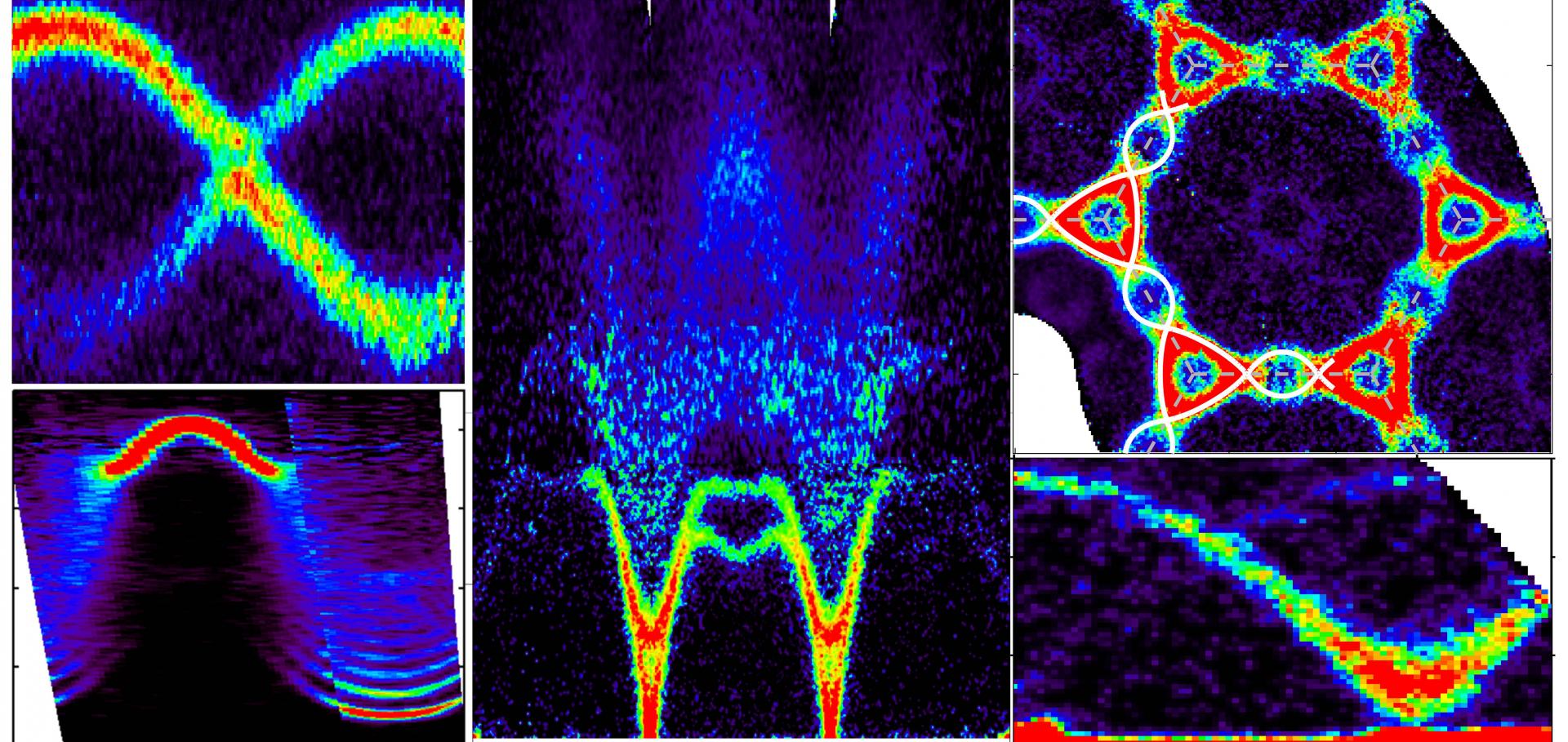Single crystal growth from separated educts and its application to lithium transition-metal oxides
(2016)
Incommensurate Counterrotating Magnetic Order Stabilized by Kitaev Interactions in the Layered Honeycomb ${\alpha}$-Li$_2$IrO$_3$
(2016)
Incommensurate counterrotating magnetic order stabilized by Kitaev interactions in the layered honeycomb alpha-Li2IrO3
University of Oxford (2016)
Abstract:
This dataset contains plain text files containing the data presented in Figures 1, 2, 3, and 4 of the corresponding manuscript published in Physical Review B. See readme.txt.Single crystal growth from separated educts and its application to lithium transition-metal oxides: Data archive
University of Oxford (2016)
Abstract:
the deposited package contains single-crystal x-ray diffraction data from which the crystal structure of alpha-Li2IrO3 was refined.Spin dynamics of counterrotating Kitaev spirals via duality
Physical Review B American Physical Society 94:20 (2016) 201110(R)


